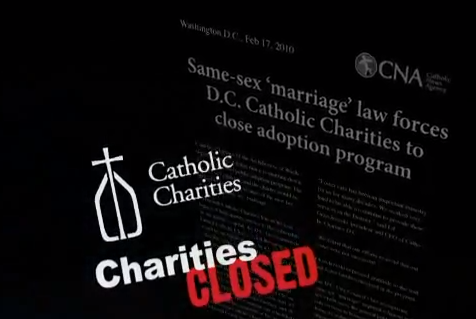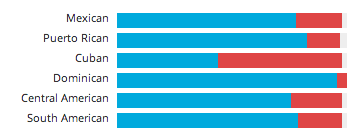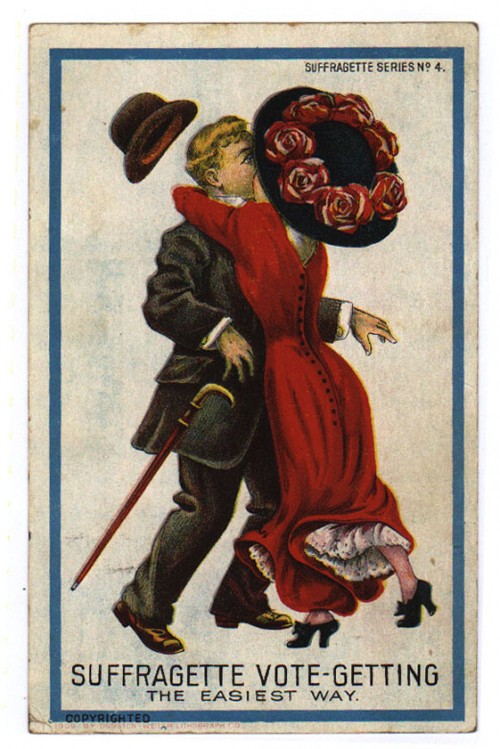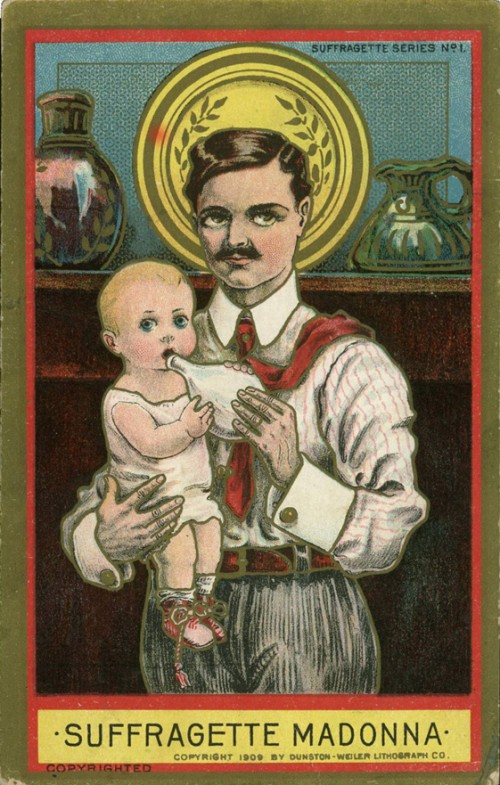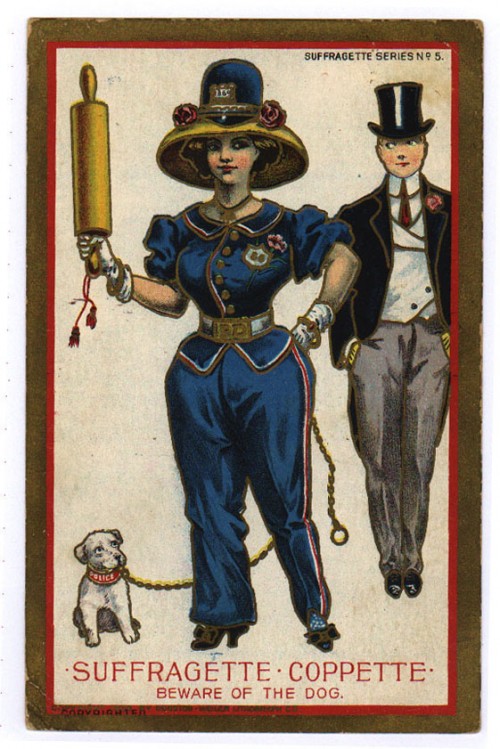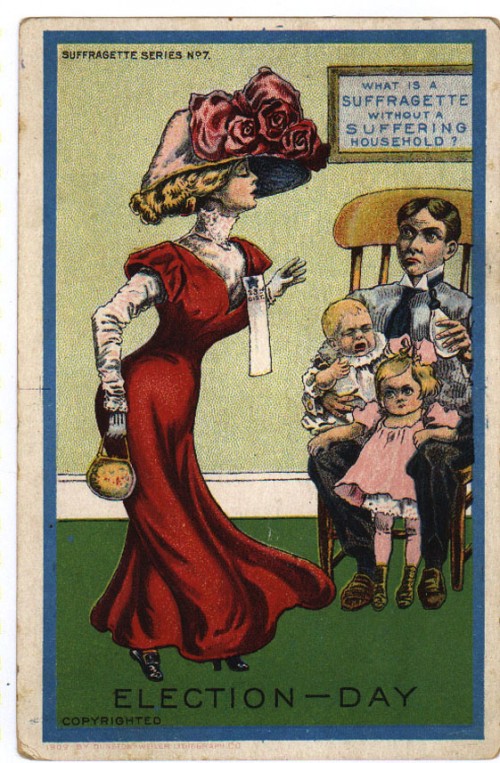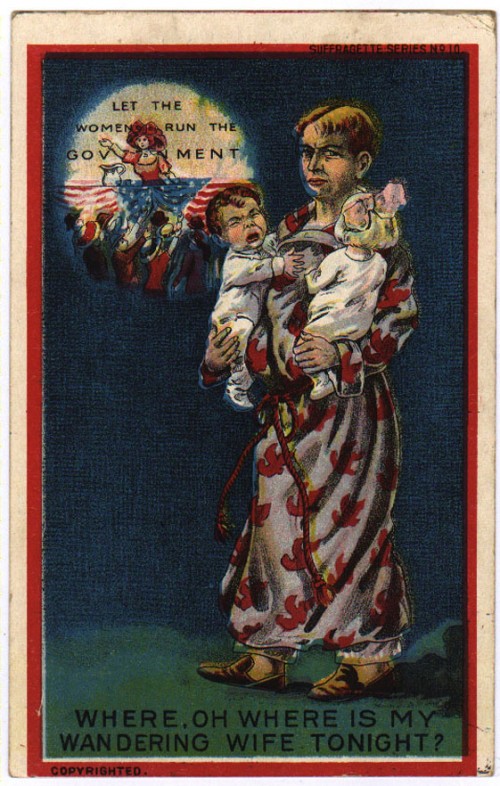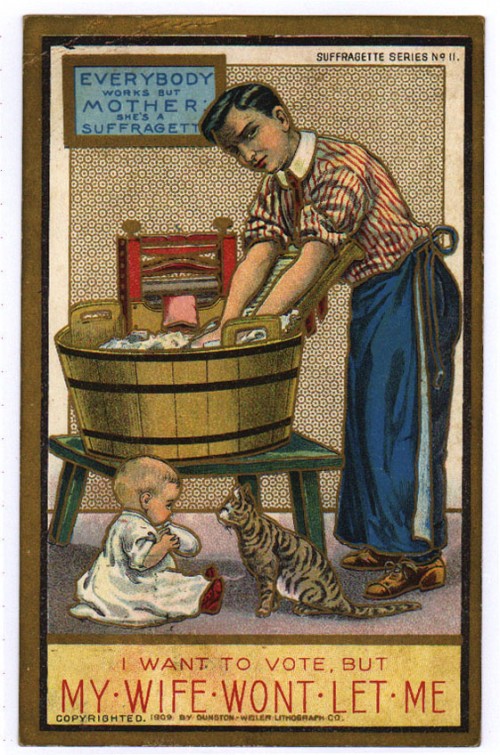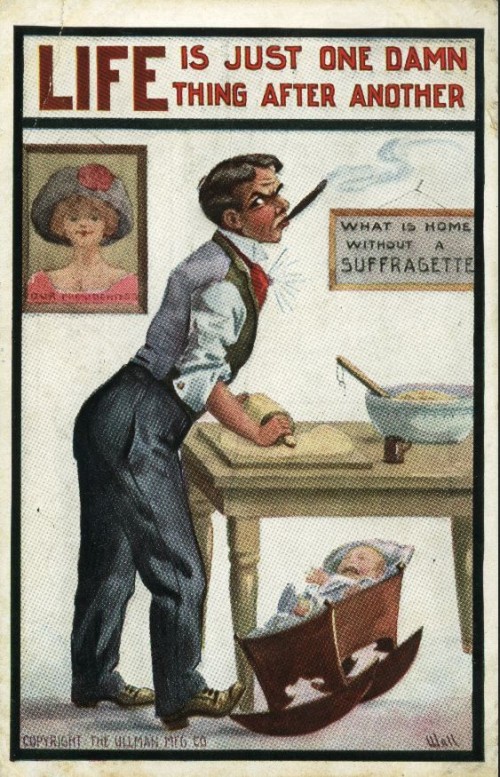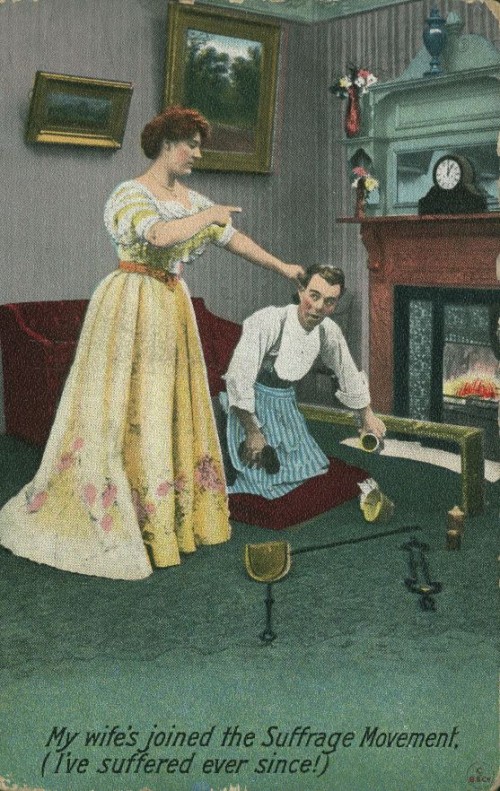Cross-posted at Reports from the Economic Front.
The stock market looms large in our understanding of the economy. The business news is often little more than a report on the movement of the market. High school economics classes often introduce the study of the economy to students by encouraging them to pick and follow a favorite stock. Managers of corporations are judged by how well their actions result in higher stock prices.
All this could easily lead one to think that the great majority of Americans are stockholders. In fact, as the chart below shows, very few Americans own significant shares of stock and therefore directly benefit from the market’s rise.

It is easy to understand why the top earners are happy with this identification of the economy with the stock market. It ensures that economic activity is largely organized and outcomes evaluated with their interests in mind. What is not so easy to understand is why the great majority of working people continue to accept this identification.
Martin Hart-Landsberg is a professor of economics at Lewis and Clark College. You can follow him at Reports from the Economic Front.



